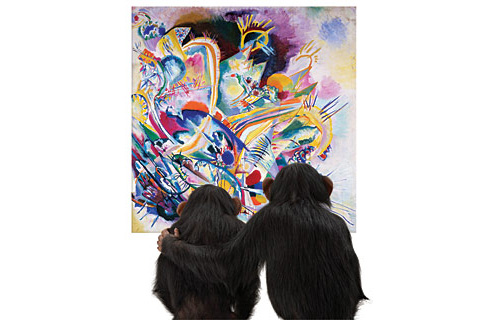The Evolution of Color Vision from Scientific American
March 24, 2009
Scientific American has an outstanding, in-depth article about the evolution of color vision from the dichromatic (two color) vision of other mammals (dogs, for example) and the trichromatic vision that gives us the ability to see the full color spectrum. I think it makes for fascinating and rewarding reading.
To our eyes, the world is arrayed in a seemingly infinite splendor of hues, from the sunny orange of a marigold flower to the gunmetal gray of an automobile chassis, from the buoyant blue of a midwinter sky to the sparkling green of an emerald. It is remarkable, then, that for most human beings any color can be reproduced by mixing together just three fixed wavelengths of light at certain intensities. This property of human vision, called trichromacy, arises because the retina the layer of nerve cells in the eye that captures light and transmits visual information to the brain uses only three types of light-absorbing pigments for color vision. One consequence of trichromacy is that computer and television displays can mix red, green and blue pixels to generate what we perceive as a full spectrum of color.
Comments
Got something to say?
You must be logged in to post a comment.

